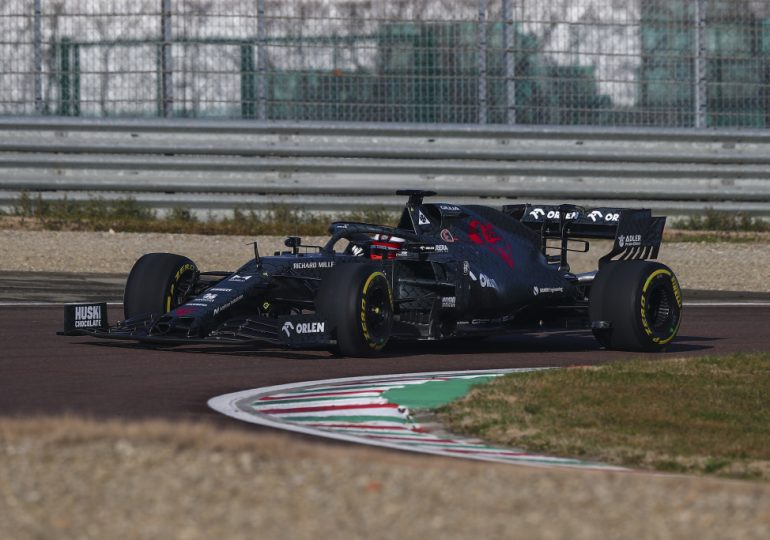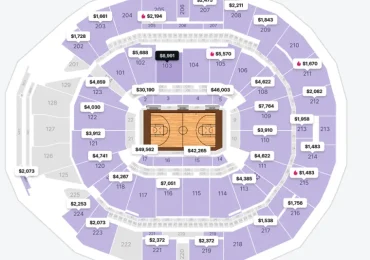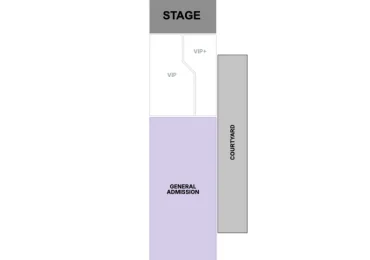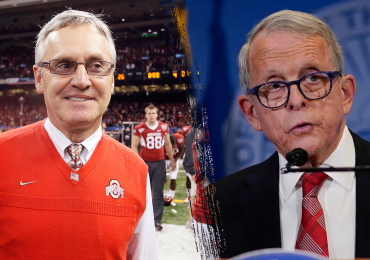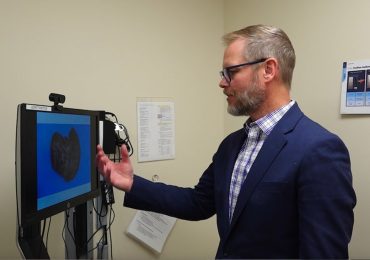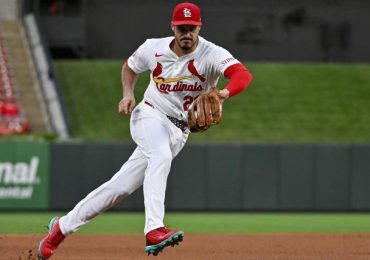The announcement that Formula 1 will be hosting a season launch featuring all 10 teams might not seem like a massive deal, but it does hint at the sport finding ways of evolving in the face of its ever-expanding calendar.
Assuming all goes to plan over the next four weekends, this year will have been the first time that 24 races have been held in a season – one that started way back on March 2, and ends a little over two weeks before Christmas Day.
At the start of the hybrid era 10 years ago, the season was over 20% smaller in terms of races, and the beginning and end dates also made it a month shorter — 252 days instead of 281 from beginning to end.
Sure, things change, but the challenge of moving an entire sport around the world every single year is a massive one, and an undertaking that requires huge amounts of commitment and dedication from those involved. So that growth in the race schedule, featuring such intense events, has definitely had an impact.
In the past, each team has also had its own launch event to plan and execute during the early months of the year, whether that be an online launch — with multiple assets and timing obstacles — to a factory-based unveiling of the new car, or even a complete takeover of another venue.
By far the best launch of recent years has been Ferrari’s in 2023, when Fred Vasseur’s team bravely revealed its new car by hosting a public shakedown at the Fiorano circuit. The first time the car was seen was when it rolled out of the garage for its very first laps, and the whole event felt like a celebration of the team’s Maranello heritage in a way that few others can attempt.
But, speaking to Vasseur in Azerbaijan a few months ago, he made it clear there would be no repeat in future, because of the stress involved. The risk of something going wrong with the car — shakedowns often unearth teething issues — in front of such a huge live audience was something he was not willing to take on again. And that’s before even talking about the logistics that were required to pull such an event off.
So it does appear to have become more and more tempting for teams to opt for a more controlled environment, and the knock-on impact was there was often a mix of real cars, rendered designs and liveries on a previous chassis that would make up the offerings at launch season. That all meant the first time the cars were really seen was when they rolled out of the pit lane at the start of pre-season testing. Early morning in a largely deserted racetrack is not exactly the sexiest way to kick off a season, but it was the first time the entire grid would be together as a collective.
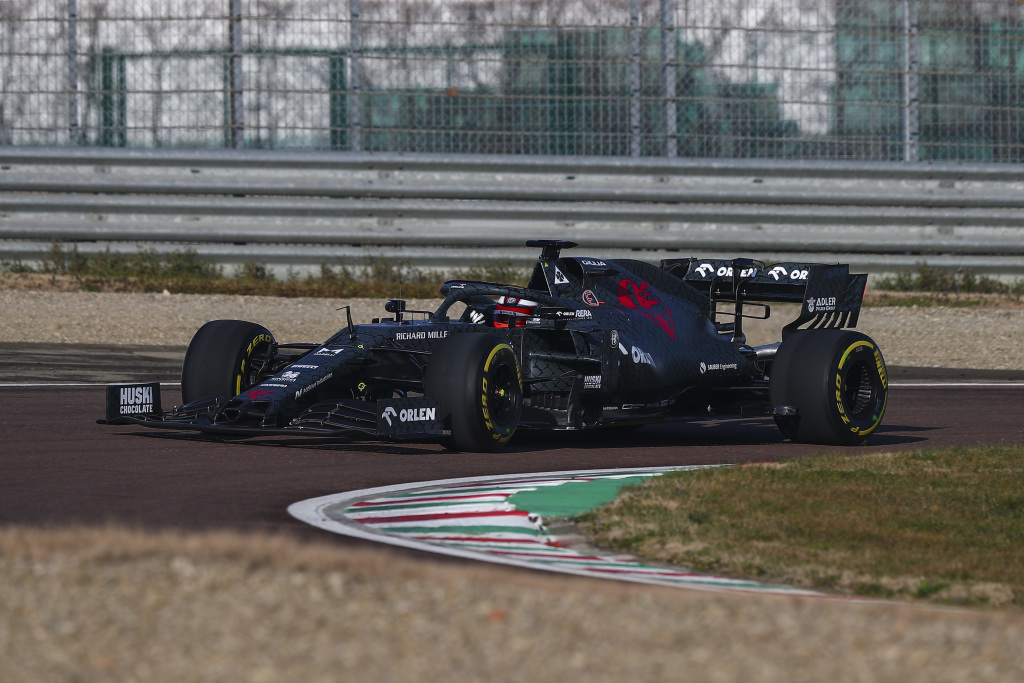 Sightings of unliveried new cars on lonely tracks might be exciting for anoraks but does little to promote the sport as a whole. Federico Basile/Motorsport Images
Sightings of unliveried new cars on lonely tracks might be exciting for anoraks but does little to promote the sport as a whole. Federico Basile/Motorsport Images
F1 has now ensured that won’t be the case in 2025 with a launch event that will include all of the teams, the 20 drivers, the team principals and a number of entertainment offerings and special guests. Turning into something that many more fans can be a part of is hardly a bad thing, even if there are some pretty expensive price points for what is still just a glorified set of livery unveilings.
Where it really feels like a step in the right direction is in collaborating during the off-season.
I still maintain that 24 races is too many. There will be times — like this season — when the championship battle fluctuates in such a way that it’s helpful to have a lot of races still to go, as one driver looks to close down a significant lead. But often the competitive picture is either one team dominating, or multiple title pretenders who are going to be in the mix whether there are 18 races or 24.
The NFL provides a really interesting blueprint for F1 because of the length that its season runs — September to early February for the 17 regular season games and playoffs — and yet there remains huge demand, partly due to the anticipation that builds through the remaining six months of the year.
But any sports fan will know the NFL does not just disappear when there are no games on. There’s the Pro Bowl, the Combine, the Draft — all organized events that provide focal points and in most cases fan access to bring them closer to the sport in a different way.
Other sports have things like transfer windows that create headlines when the competitive season is not taking place. Even a league like Major League Baseball has a longer off-season — despite a huge number of games — that it punctuates with the General Managers Meetings and Winter Meetings that greatly impact free agency, prior to Spring Training.
But F1 has generally tended to simply disappear after the final race, with the car launches being the most exciting scheduled moments (by virtue of usually being the only scheduled moments) before wheels are turning again at pre-season testing.
The launch event at the O2 Arena in London is the first attempt to create something particularly notable in the off-season, and given its prototype nature I’m not going suggest it will definitely be an incredible success that can’t be improved upon in future years.
But what it will hopefully do is show that the sport can generate significant interest for fans and partners even when there aren’t races taking place, and that simply adding another grand prix wherever there’s a bidder willing to pay the hosting fee isn’t the only way to create strong value.
The rookies race idea — currently being looked at for 2025 around the end of season test in Abu Dhabi — is another concept that fits that bill, even if it is still a type of race and only separate from the final round by 48 hours. Enough is asked of the teams as it is, but F1 itself taking on the organization of certain off-season events could be a really productive way of growing the sport further, just like many other major sports leagues are able to. And maybe, just maybe, the race calendar doesn’t have to get any bigger then either.

